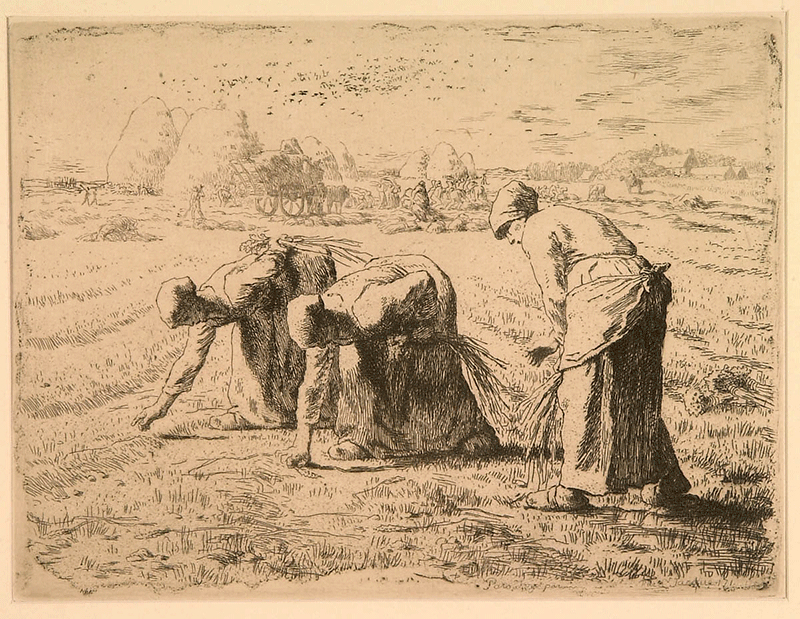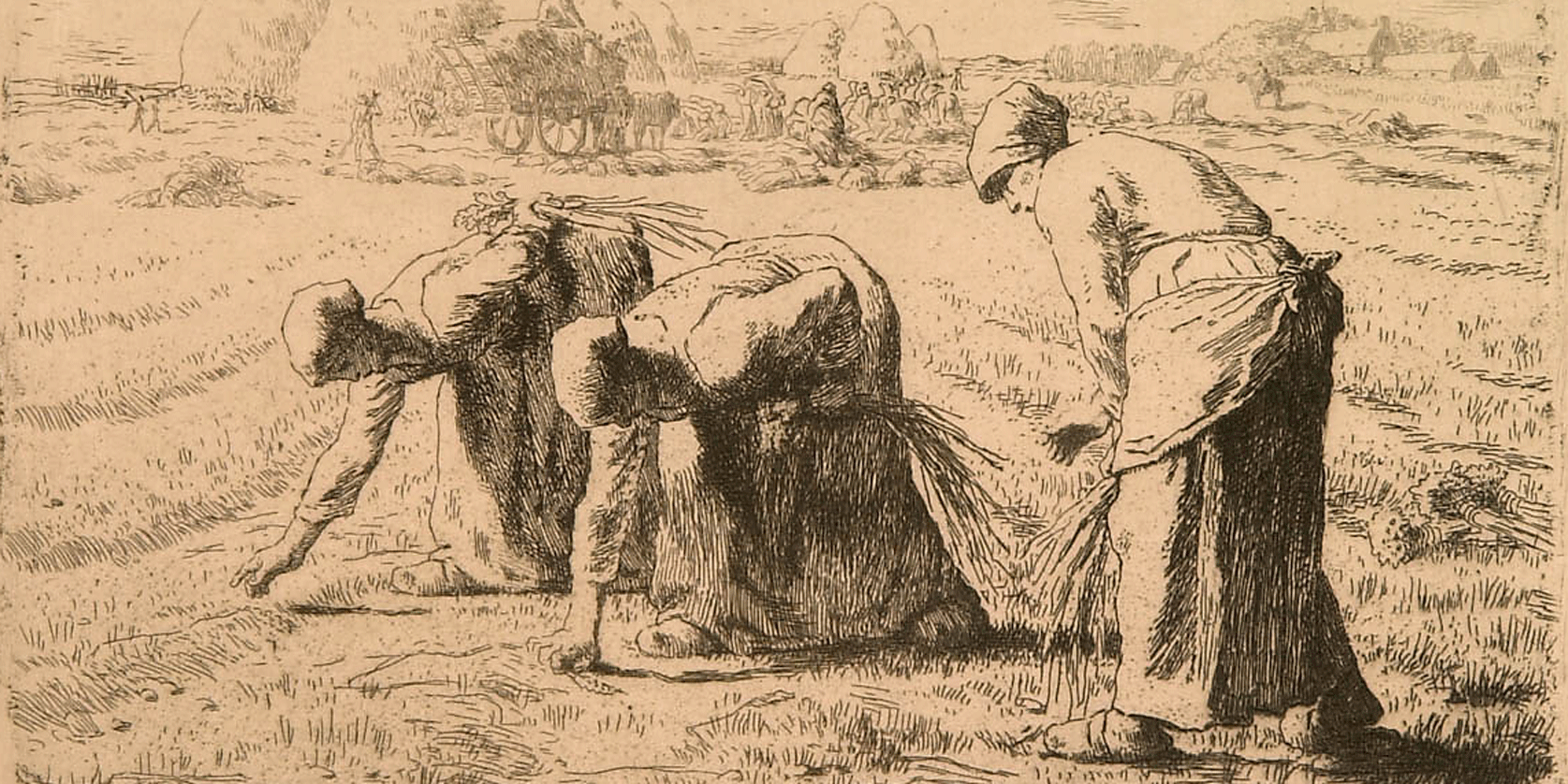STARTS
2019-05-08 00:00:00
Ends
2019-11-10 23:59:00
Free
Location
Town and Country
Town and Country: Parisians in the 19th Century
Art production in France during the 19th century was marked by a fascination with defining and classifying various social types.
The initial impulse to document French citizens of all walks of life stemmed from the rise of Naturalism, which prioritized motifs drawn from everyday life.
Currently on view in P30 is a selection of works on paper that reflects this desire to represent le peuple, or the French people, from the 1830s to the 1890s.
The development of an increasingly prosperous middle class led to an interest in collecting art, particularly prints. Among the subjects favored by the bourgeoisie were prints depicting the countryside and the individuals who worked the land, such as farmers, spinners, and shepherds. This imagery held nostalgic appeal, as the spread of the Industrial Revolution threatened traditional modes of life.
While labor was the focus of depictions of country life, the crowds of Paris’ bustling avenues and glittering nightlife came to symbolize modern city life. Artists reveled in capturing the variety of Parisians that mixed and mingled along the capital’s newly-constructed avenues. Towards the end of the 1800s, images of dancers, singers and nightclub performers joined the ranks of the dandy, courtesan, and street urchin as popular urban types that defined the modern city.

